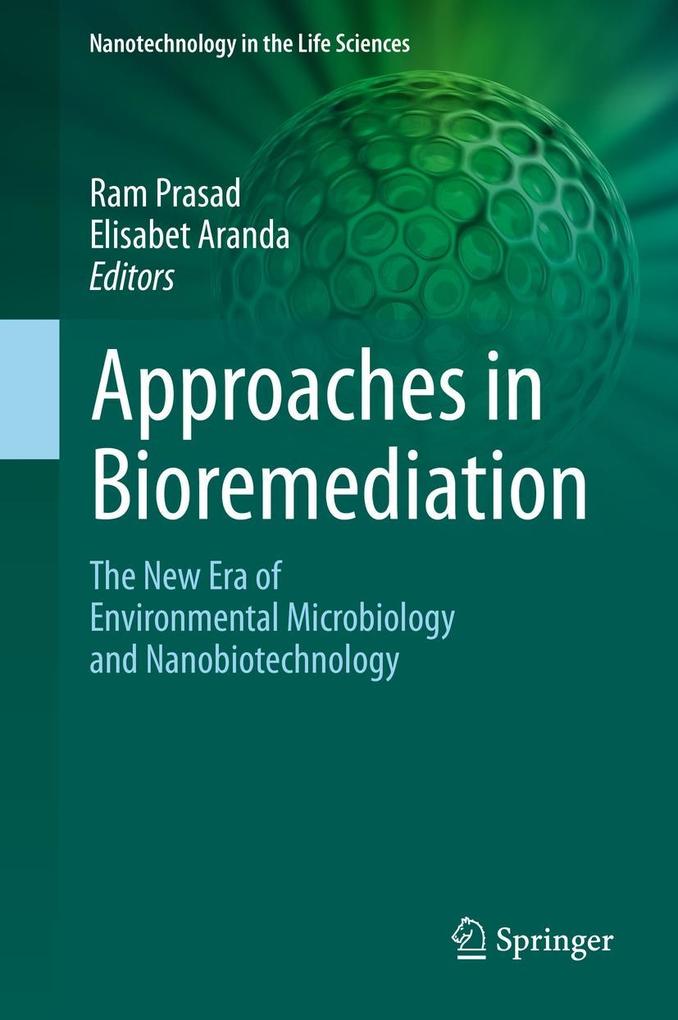
Sofort lieferbar (Download)
Bioremediation refers to the clean-up of pollution in soil, groundwater, surface water, and air using typically microbiological processes. It uses naturally occurring bacteria and fungi or plants to degrade, transform or detoxify hazardous substances to human health or the environment.
For bioremediation to be effective, microorganisms must enzymatically attack the pollutants and convert them to harmless products. As bioremediation can be effective only where environmental conditions permit microbial growth and action, its application often involves the management of ecological factors to allow microbial growth and degradation to continue at a faster rate. Like other technologies, bioremediation has its limitations. Some contaminants, such as chlorinated organic or high aromatic hydrocarbons, are resistant to microbial attack. They are degraded either gradually or not at all, hence, it is not easy to envisage the rates of clean-up for bioremediation implementation.
Bioremediation represents a field of great expansion due to the important development of new technologies. Among them, several decades on metagenomics expansion has led to the detection of autochthonous microbiota that plays a key role during transformation. Transcriptomic guides us to know the expression of key genes and proteomics allow the characterization of proteins that conduct specific reactions.
In this book we show specific technologies applied in bioremediation of main interest for research in the field, with special attention on fungi, which have been poorly studied microorganisms. Finally, new approaches in the field, such as CRISPR-CAS9, are also discussed. Lastly, it introduces management strategies, such as bioremediation application for managing affected environment and bioremediation approaches. Examples of successful bioremediation applications are illustrated in radionuclide entrapment and retardation, soil stabilization and remediation of polycyclic aromatic hydrocarbons, phenols, plastics or fluorinated compounds. Other emerging bioremediation methods include electro bioremediation, microbe-availed phytoremediation, genetic recombinant technologies in enhancing plants in accumulation of inorganic metals, and metalloids as well as degradation of organic pollutants, protein-metabolic engineering to increase bioremediation efficiency, including nanotechnology applications are also discussed.
Inhaltsverzeichnis
Preface. - Omics approaches and its impact on bioremediation techniques. - New omics for bioremediation to close the gap between structure and application. - Fungal transcriptomic analysis in reference to bioremediation. - Potential for CRISPR genetic engineering to increase degradation capacities in model fungi. - Phytoremediation and fungi. - Soil-borne fungi in bioremediation of polycyclic aromatic hydrocarbons compounds. - Dynamics of archaeal, bacterial, and fungal communities during the bioremediation of petroleum hydrocarbon-contaminated soils. - Role of microbes in waste water treatment. - Strategies for biodegradation of fluorinated compounds. - Marine-derived fungi as promising candidates for enhanced bioremediation. - Stepwise strategies for the bioremediation of contaminated soils. - Fungal allies as mediators in polycyclic aromatic hydrocarbon degradation. - Use of fungi in bioremediation and exploitation of olive mill wastes. - Fungal nanoparticles formed in saline environments are conducive to soil health and remediation. - Fungal nanoparticles in therapeutics. - Fungal bioremediation, microbiology, and nanotechnology. - Rhizospheric microorganisms as elicitors for tolerance against biotic and abiotic stresses. - Index.
Produktdetails
Erscheinungsdatum
08. Dezember 2018
Sprache
englisch
Seitenanzahl
403
Dateigröße
9,31 MB
Reihe
Nanotechnology in the Life Sciences
Herausgegeben von
Ram Prasad, Elisabet Aranda
Verlag/Hersteller
Kopierschutz
mit Wasserzeichen versehen
Produktart
EBOOK
Dateiformat
PDF
ISBN
9783030023690
Entdecken Sie mehr
Bewertungen
0 Bewertungen
Es wurden noch keine Bewertungen abgegeben. Schreiben Sie die erste Bewertung zu "Approaches in Bioremediation" und helfen Sie damit anderen bei der Kaufentscheidung.








